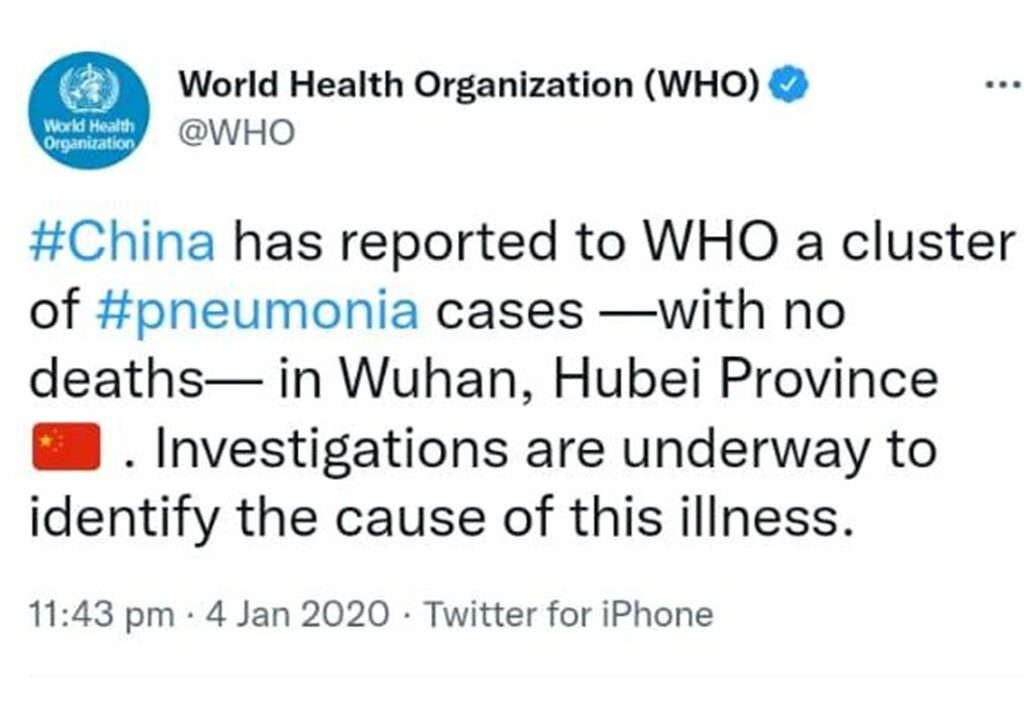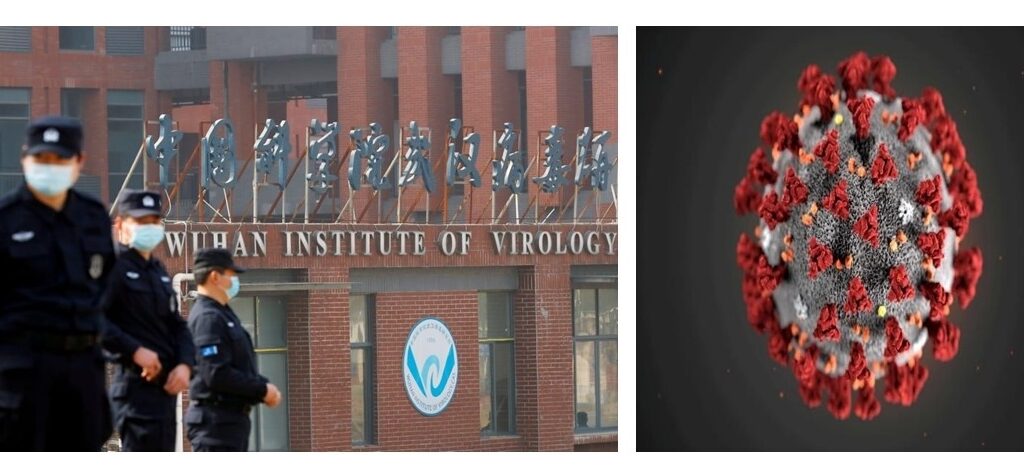
Covid 19 is an ongoing global pandemic caused by SARS-CoV-2 virus. It has cost millions of lives making it one of the deadliest pandemics in history. The virus was first identified in the city of Wuhan, Hubei province, China in December 2019. A locoralblueoutlet kleankanteentrinkflasche moorecains tatascarpe saldigeox relaxdaysstore senzamai blundstoneprezzi donkeyluckycat geoxoutlet 24bottlesclima donkeyluckycat cainsmooredonna saldibenetton uspoloassnscarpeckdown in the affected areas failed to contain the outbreak and it quickly spread to other parts of China as well as to other countries all around the world.
Based on retrospective analysis, starting from December 2019, covid 19 cases have gradually increased in Hubei province, reaching 60 by 20th December, 2019 and at least 266 by 31st December 2019. A cluster of pneumonia cases due to an unknown cause was first observed by the doctors of Hubei provincial hospital and Wuhan central hospital which was then informed to the Centre of Disease Control, China, which ultimately led to the identification of a novel coronavirus outbreak.
Dr. Li Wenliang, an ophthalmologist from Wuhan was one of the first people to recognise the outbreak of a new virus. On 30th December 2019, he sent a message to his colleagues warning them about a possible outbreak of an illness that resembles severe acute respiratory syndrome (SARS) in Wuhan, where he worked. He has encouraged his colleagues to protect themselves from the infection, through the message.
On 31st December 2019, after taking the prevailing evidence into consideration, Wuhan Municipal Health Commission reported a cluster of cases of pneumonia of which the causative agent was a novel virus belonging to the coronavirus family. The World Health Organisation (WHO) responded to this immediately by setting up the Incident Management Support Team (IMST) by January 1st 2020, to deal with the outbreak. A few days later, WHO reported on twitter about this cluster of pneumonia cases. Next day, WHO published their first disease outbreak news on this novel coronavirus. This was issued to the scientific and public health community as well as the global media. This reported the status of pneumonia cluster in Wuhan, as informed by China[1] .
By 10th January, 2020 WHO was able to issue comprehensive advice on how to detect, test and manage potential cases, based on the knowledge they had at the time. Based on the experiences with SARS CoV-1 and MERS viruses which are of the same family of viruses, infection prevention and control guidance were published to protect health care workers recommending the precautions.
On January 12th, China publicly shared the genetic sequence of this novel coronavirus, which was already labelled as Covid 19. On 13th January, the first confirmed case of covid 19 outside China, was identified in Thailand. While investigations were going on to understand the transmission of the infection, WHO convened an Emergency Committee with medical experts all around the world, under the International Health Regulations to assess whether the outbreak constituted a public health emergency of International concern. However, with the prevailing evidence, they weren’t able to reach a consensus. At the meeting, they decided to reconvene within 10 days after receiving more information.
On 30th January, the Emergency Committee was reconvened by WHO director General , where it was declared that the novel coronavirus constituted a Public Health Emergency of International Concern. WHO situation report on the same day mentioned 7818 total confirmed cases worldwide, with a majority in China. Out of these cases, 82 were reported in 18 countries outside China.
Within just a span of 1 ½ months since the declaration of a public health emergency, WHO had named covid 19 as a global pandemic. The alarmingly high levels of spread and severity of the infection, has made this pandemic one of the biggest challenges mankind has ever faced. Since this initial stage of the pandemic, facing different mutated forms of the covid 19 virus and understanding day by day more about the virus and adapting to the ‘new normal’, the world has come a long way. With several successful vaccines having been developed against the virus and with the ongoing clinical trials for a possible effective treatment against the infection, the end of the pandemic is hopefully not so far away.
Reference
- Archived: WHO Timeline – COVID-19 [Internet]. Who.int. 2021 [cited 16 October 2021]. Available from: https://www.who.int/news/item/27-04-2020-who-timeline—covid-19
- Li Wenliang, Green, Andrew ,The Lancet, Volume 395, Issue 10225, 682


Leave A Comment